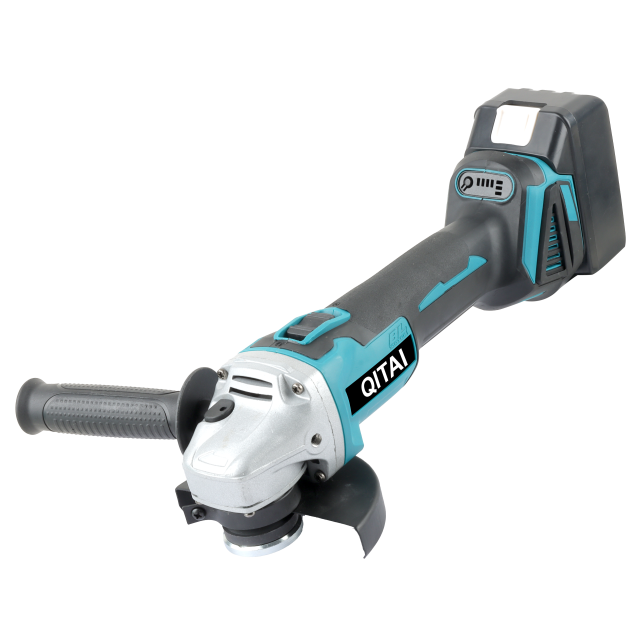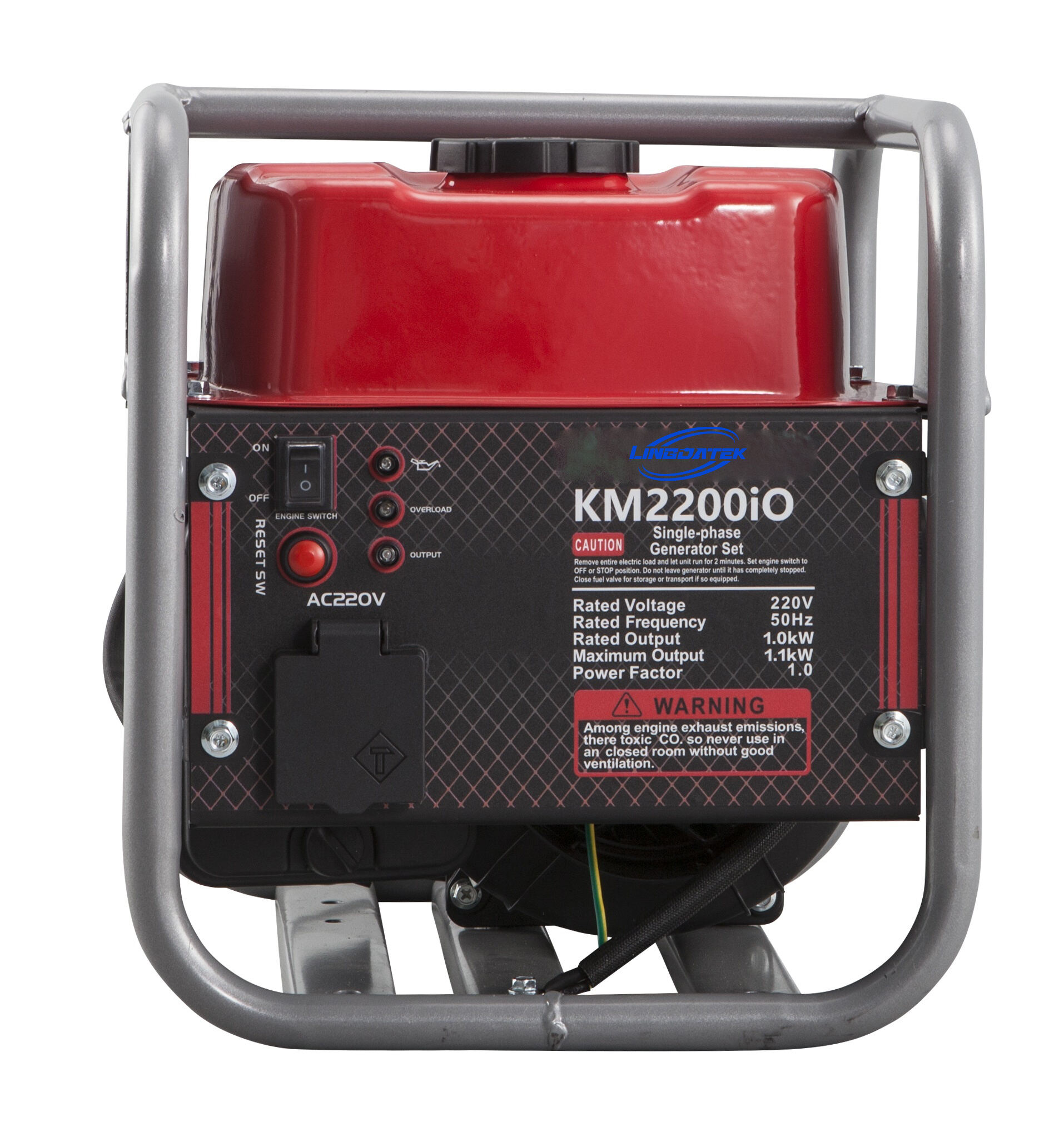콘크리트 녹색 절단
컨크리트 그린 커팅은 콘크리트가 완전히 경화되기 전인 시공 후 4~12시간 내에 부분적으로 경화된 상태에서 자르는 고급 건설 기술입니다. 이 혁신적인 방법은 다이아몬드 팁이 부착된 특수 장비를 사용하여 콘크리트가 아직 '그린' 상태나 초기 경화 단계에 있을 때 통제된 조인트를 만듭니다. 이 과정을 통해 계약자는 전통적인 절단 방법의 깊이의 1/3 정도로 정확한 절단을 할 수 있어 더 깨끗하고 효율적인 조인트 생성이 가능합니다. 이 기술은 콘크리트 표면에 사전 결정된 응력점을 설정하여 무작위 균열의 위험을 크게 줄입니다. 일반적인 절단 방법과 달리, 그린 커팅은 콘크리트가 완전히 경화될 때까지 기다리지 않고 반경화된 상태를 활용해 적은 힘으로 절단할 수 있으며 먼지 발생도 최소화합니다. 이 접근 방식은 고속도로, 산업용 바닥, 상업용 포장 등 타이밍과 정확성이 중요한 대규모 프로젝트에서 특히 가치가 있습니다. 또한 이 방법은 직선적이고 정확한 절단 및 최적의 조인트 간격을 보장하는 고급 추적 시스템을 통합하여 콘크리트 설치의 전체 구조적 안정성을 높입니다.


